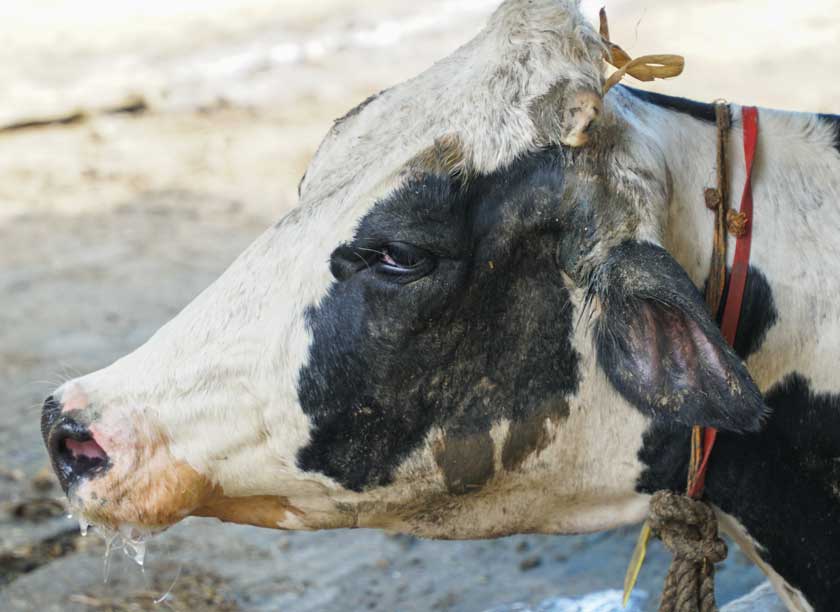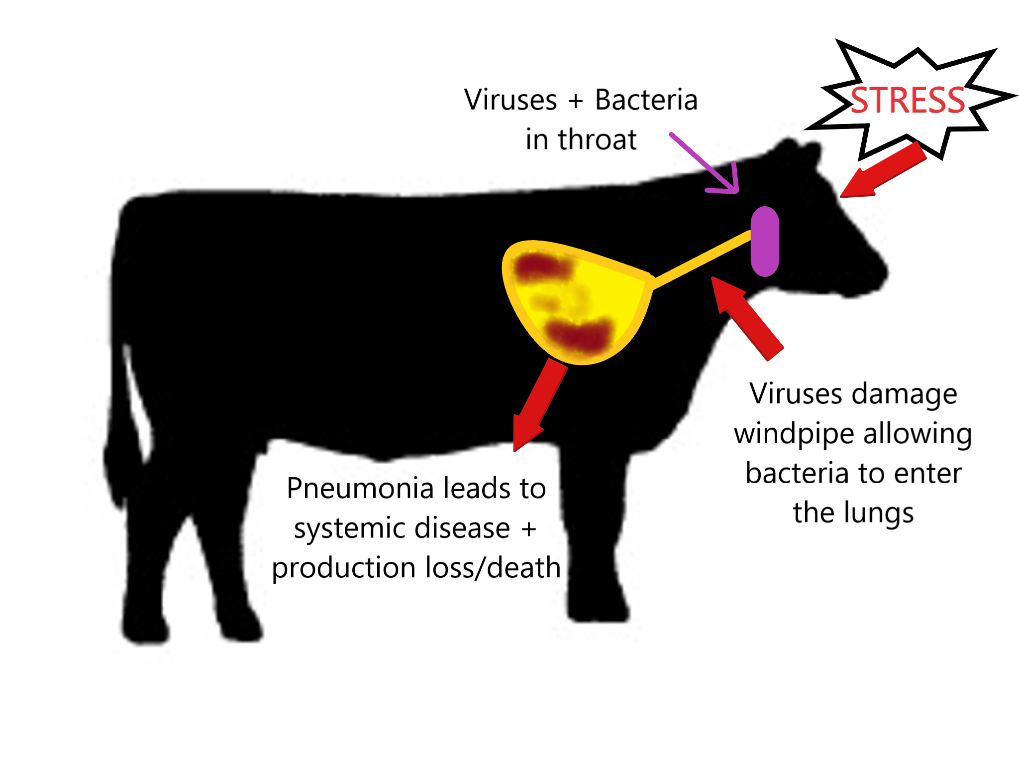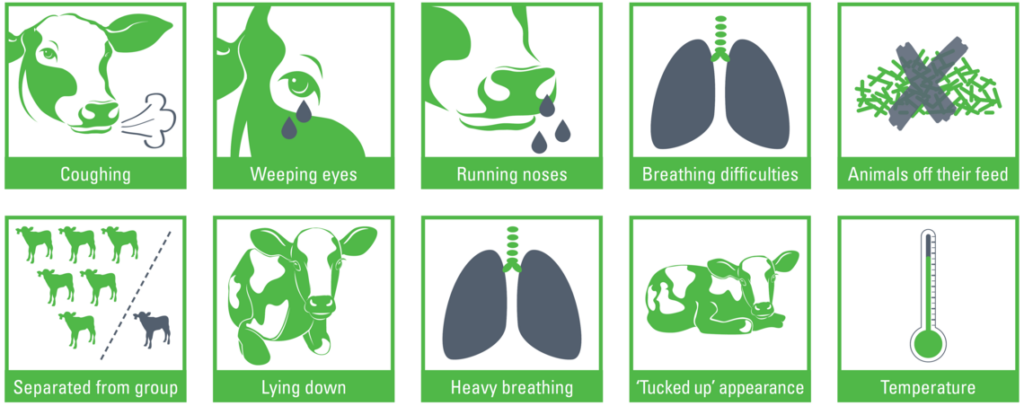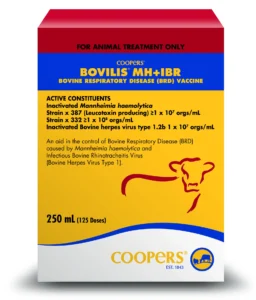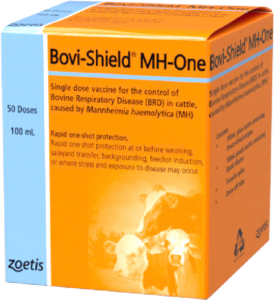Pneumonia is an inflammation of the lungs caused by an infectious agent. Multiple factors can contribute to the onset of Pneumonia in cattle and it is commonly associated with Bovine Respiratory Disease (BRD) particularly in feedlot cattle. In more extensive systems, calves and weaners are most susceptible.
Causes
For BRD to occur generally three things are present: stress + virus + bacteria. Factors that contribute to BRD are:
- Stress due to handling or transport
- Extremes of temperature (hot or cold)
- Immunocompromised animals
- Sick animals not being isolated
- Overstocking
- Change in diet eg. weaning
- Inadequate ventilation
- Poor hygiene/drainage
- Dust or other respiratory irritants
- Presence of certain viruses or bacteria which opportunistically colonise lungs
Pneumonia initiating viruses found in cattle are infectious bovine rhinotracheitis (IBR), bovine respiratory syncytial virus (BRSV), parainfluenza 3 (P13) and Pestivirus (BVDV).
Bacteria that can be involved in pneumonia in cattle are Mannheimia hemolytica, Pasteurella multocida, Histophilus somni, Salmonella spp., and Mycoplasma spp.
Signs
Initial symptoms can be difficult to detect however, an elevated temperature (>39.5 C) is the first sign of pneumonia.
While mortalities can occur in severely affected stock, production losses such as reduced feed intake and reductions in daily weight gain are common.
Other signs include:
Treatment
- Isolate affected animals in a well-ventilated area protected from excessive cold or heat; maintain hydration and give easy access to water and feed.
- It is important to keep physical stress of an animal affected by pneumonia to a minimum.
- Under veterinary advice, treatment also involves anti-inflammatories which help to reduce fever and antibiotics which are targeted to the specific bacteria causing the problem. Do not use any antibotic for the treatment of Pneumonia as identification of the specific bacteria is needed to treatment. General penicillin will only prolong the duration of the disease.
Prevention
- Ask lots of questions when buying new stock and vaccinate against respiratory pathogens with either Bovishield or Bovilis.
- Stress management and prevention, particularly during the first few weeks of cattle being on a feedlot or new property.
- Familiarising young stock with the conditions of a feedlot or new yard environment on your property by regular handling and rewards (yard training).
- Monitor animal health and behaviour closely particularly calves. Fever, cloudy nasal discharge, shallow breathing and coughing are some common clinical signs of pneumonia or BRD.
Further Resources
- Farm Biosecurity – Managing pneumonia in sheep and cattle
- MLA – Pneumonia
- MSD – Pneumonia
- Zoetis – Bovine respiratory disease in cattle on farm
- NSW Local Land Services – Bovine Respiratory Disease
- AgVic – Yard training
Click here to download a PDF version.
For further information, please contact the VFF Stock Sense team on 1300 882 833 or by email stocksense@vff.org.au
